Search
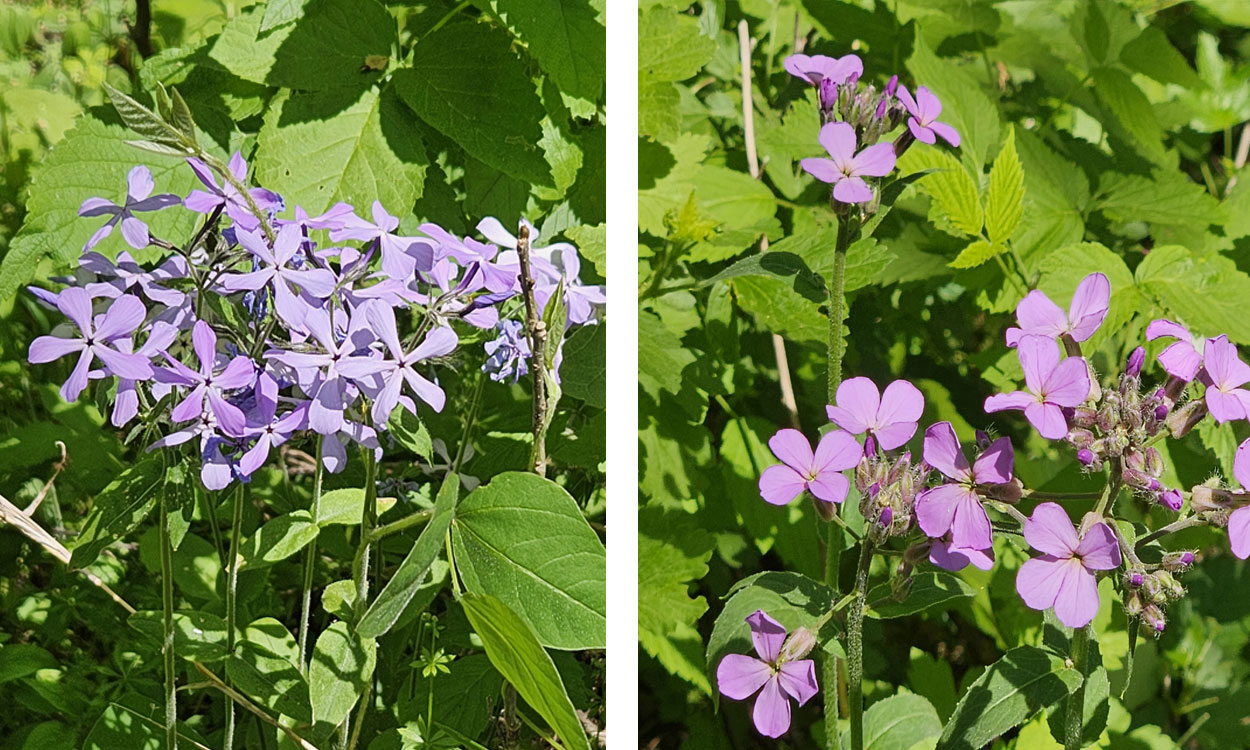
Plant Look-Alikes: What’s the Difference Between Phlox and Dame’s Rocket?
Distinguishing between native phlox flowers and the invasive dame's rocket can be challenging due to their similar appearances. Learn some key characteristics that can help you tell dame's rocket apart before it invades your property.
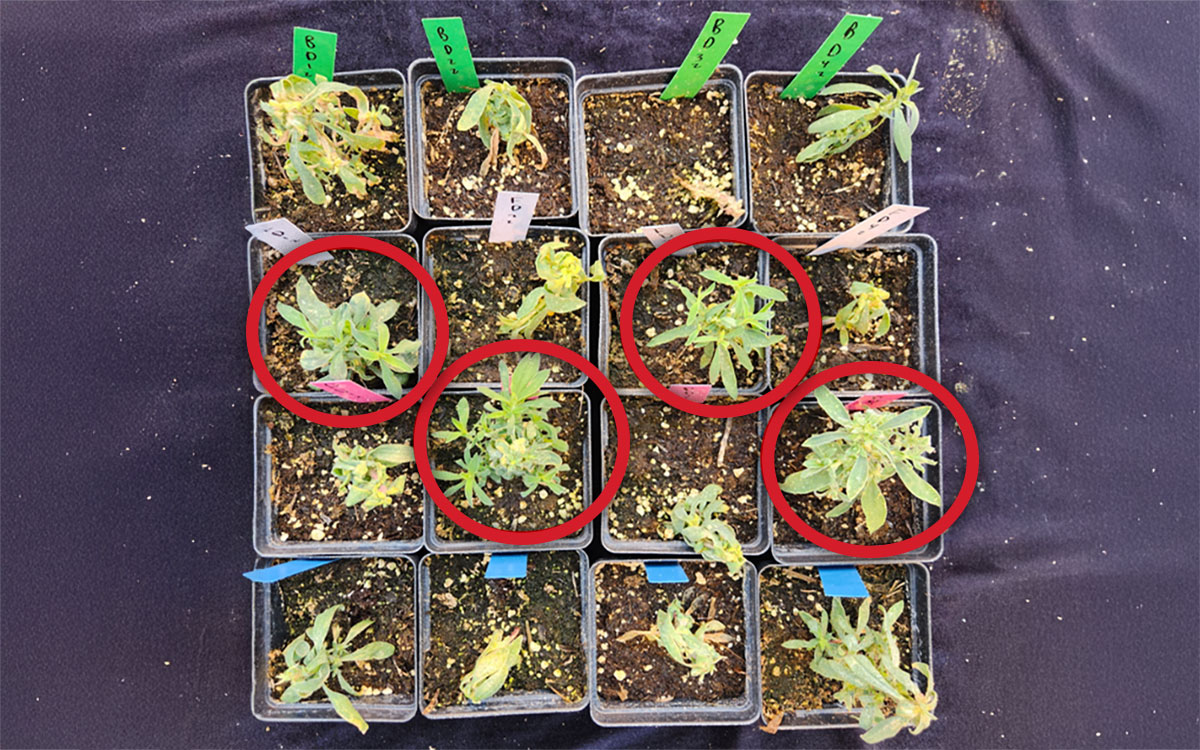
Dicamba-Resistant Kochia Can Likely Be Found Across South Dakota
Kochia populations collected across South Dakota have been subjected to an herbicide effectiveness screen, where a treatment of dicamba was applied and some kochia plants exhibited survival and regrowth after treatment.
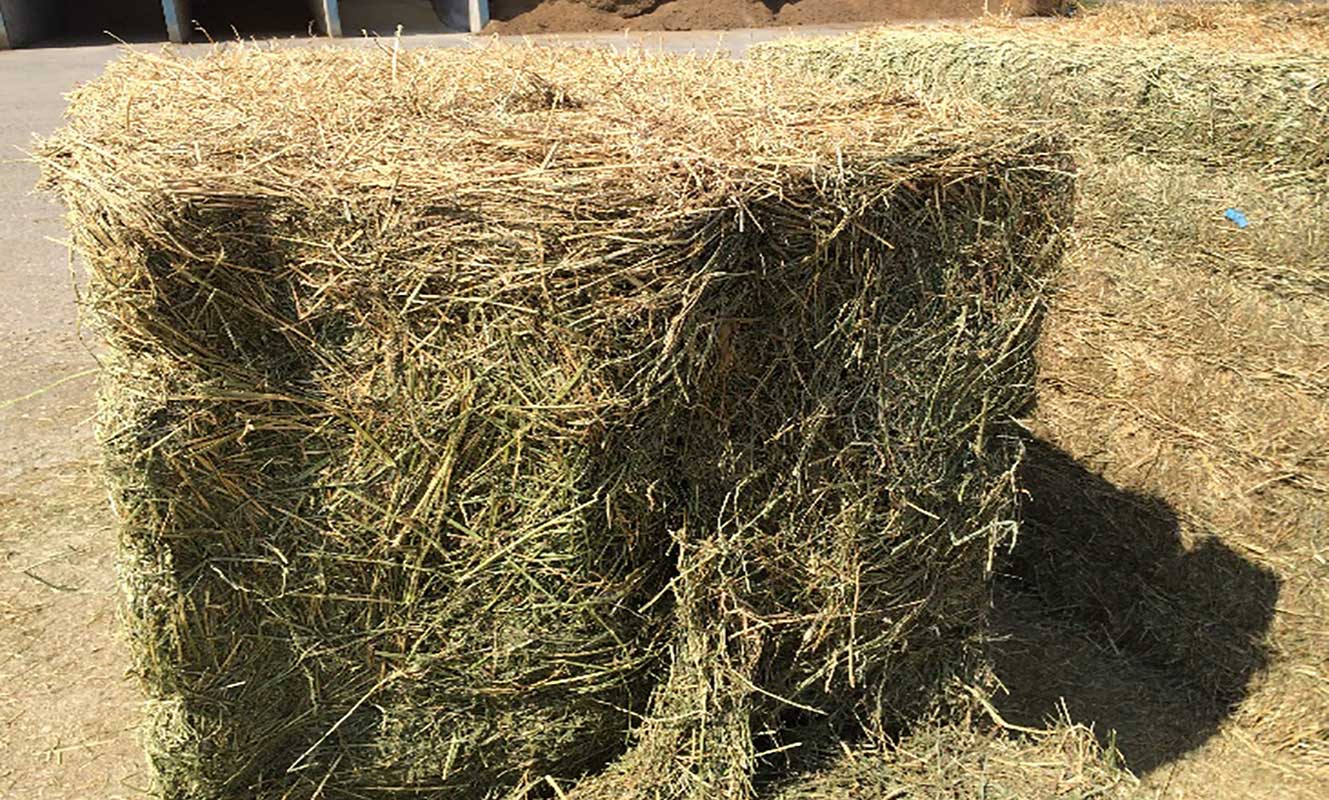
Understanding Hay Inoculants and Preservatives on ‘Dry’ Hay
As haying season approaches, producers across South Dakota will begin preparing to get out the baler. In recent years, it has been quite difficult for many producers to put up quality, dry hay. This often results in growers considering using inoculants and hay preservatives.
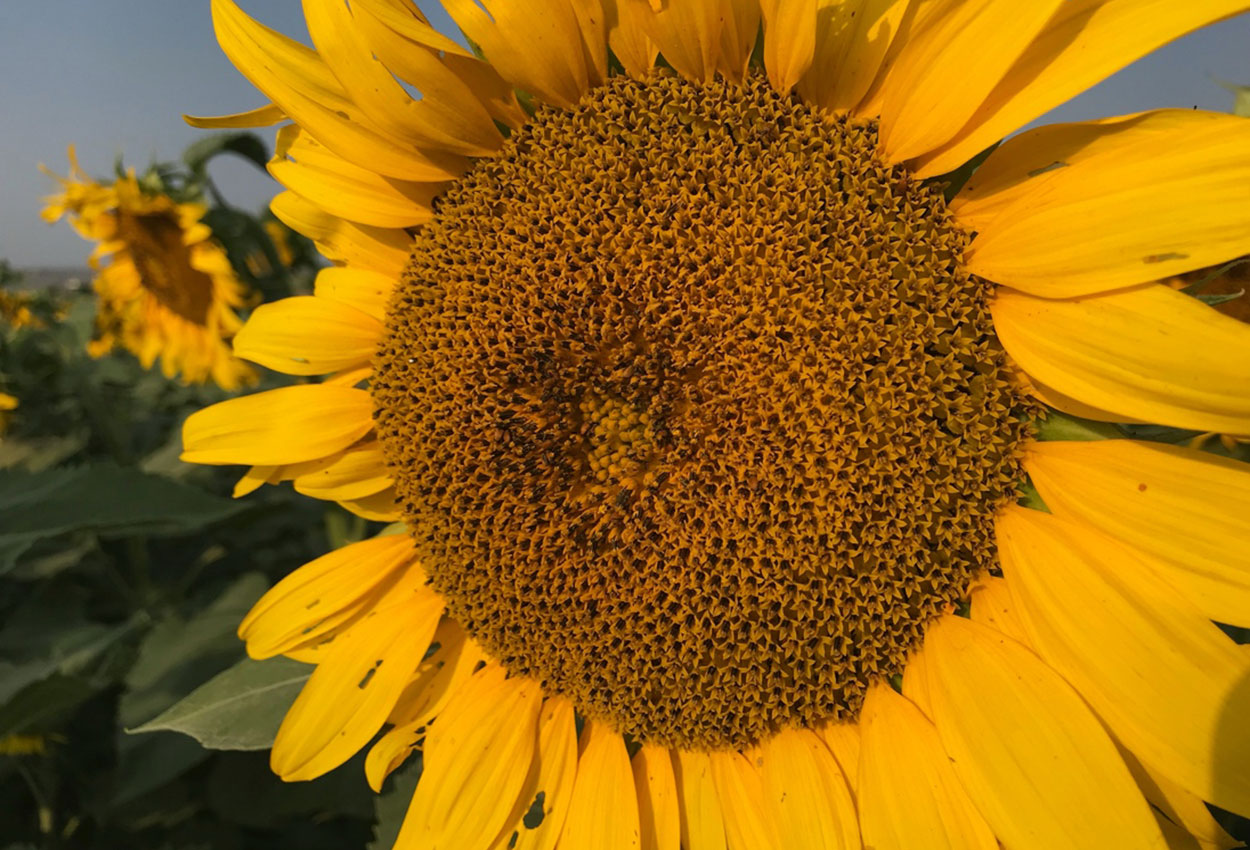
National Sunflower Association 2021 Sunflower Survey
Volunteers from private industry and SDSU Extension will soon be visiting South Dakota sunflower fields to participate in the biennial sunflower survey. The survey aims to evaluate yields and production practices along with pest pressure from weeds, insects, diseases and birds.
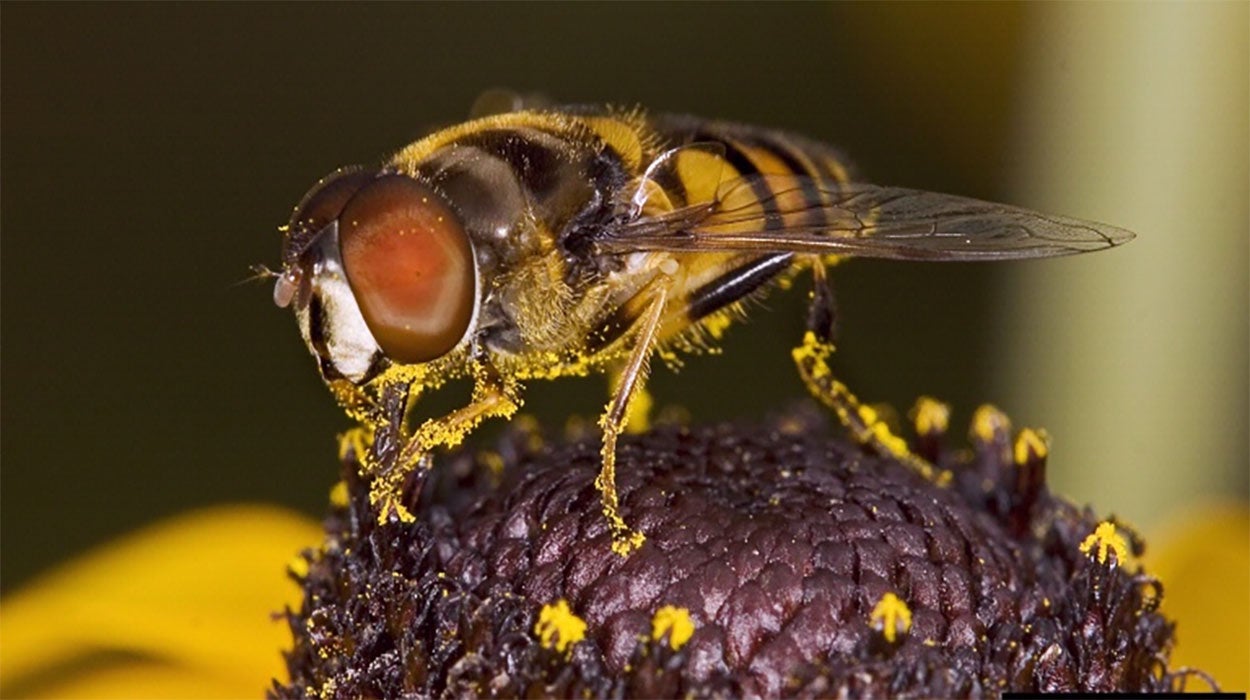
It’s a Bee! It’s a Wasp! No, It’s a Hover Fly!
Many types of insects are responsible for some degree of pollination in landscapes. In this article, we will focus on the syrphid fly as both an important pollinator and a beneficial insect predator.
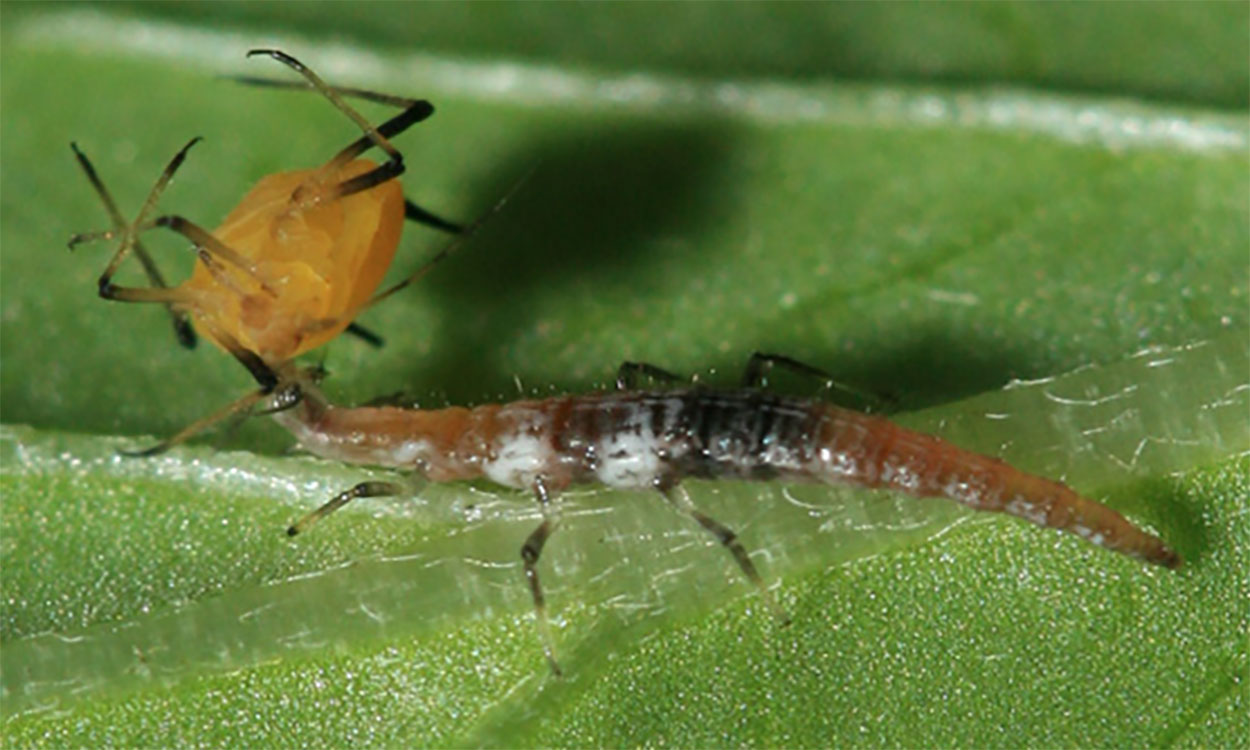
Biocontrol Agents: Brown Lacewings
With so many insect pests causing concern for both gardeners and farmers, it’s important to know which ones are on our side. In this article, we focus on the brown lacewing and the beneficial role it plays within the landscape.
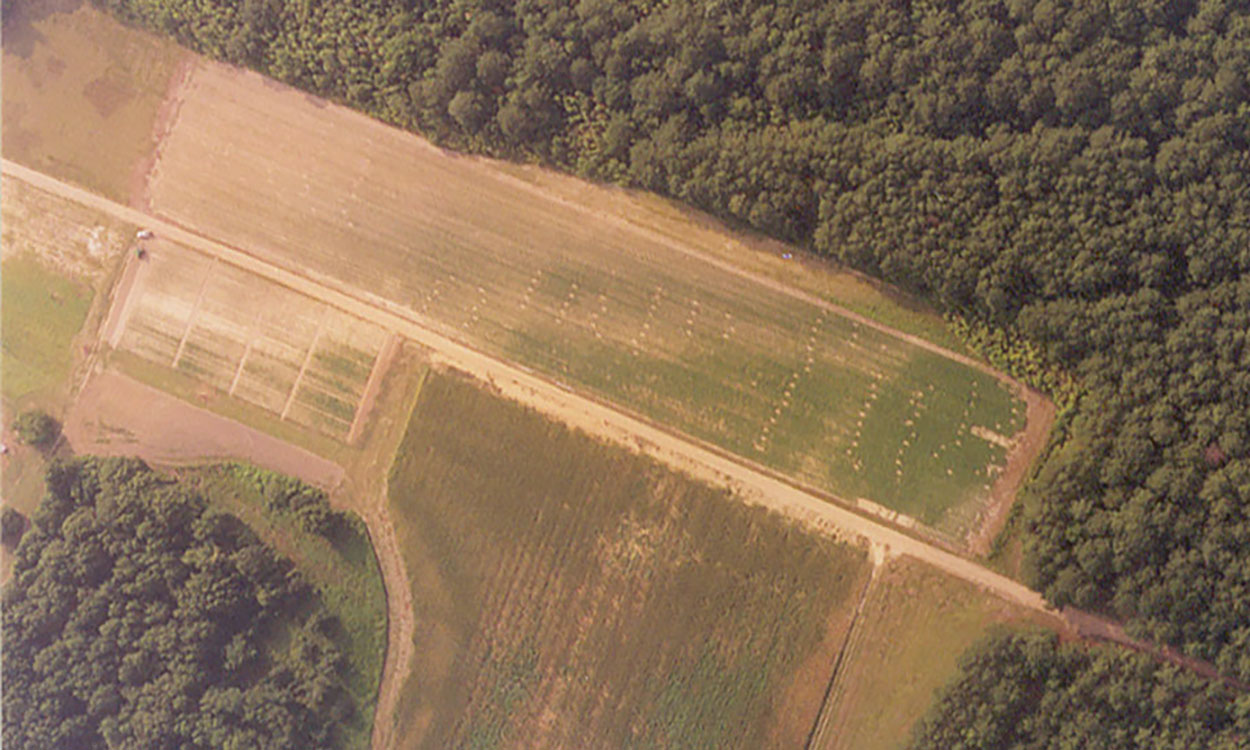
Knowing the Soil Types in Your Fields Can Increase Weed Control
As soil temperatures increase, many farmers are beginning to plant crops and start preemergent weed control. Learn the important role that soil type can play in getting the most out of preemergence herbicide applications.
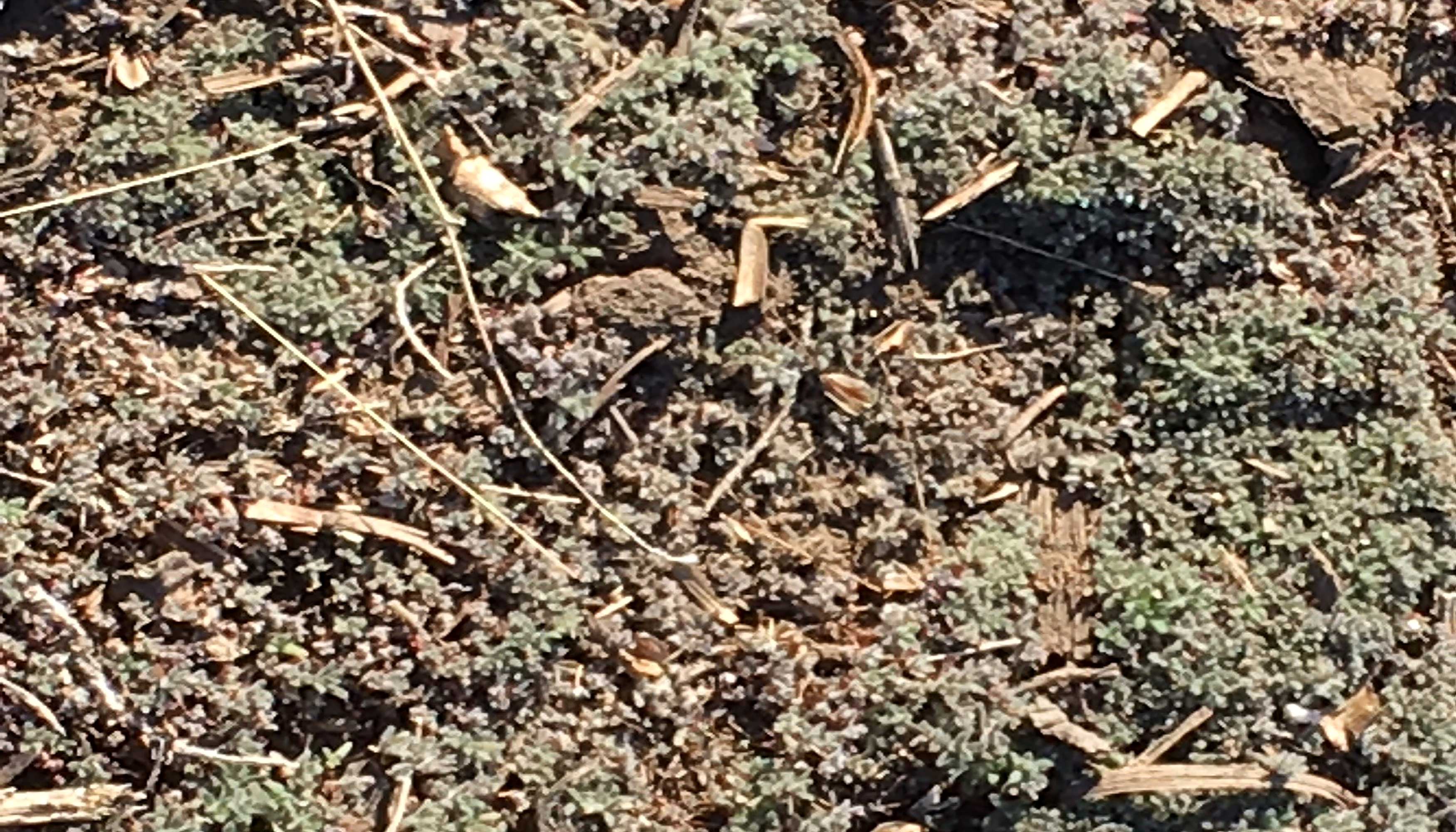
Temperature and Herbicide Performance
In South Dakota, the spring can come with a wide range of temperature fluctuations. This will affect the performance of burndown herbicides. Depending upon the target weed, type of herbicide and application rate, there will likely be decreased weed control in cooler temperatures.
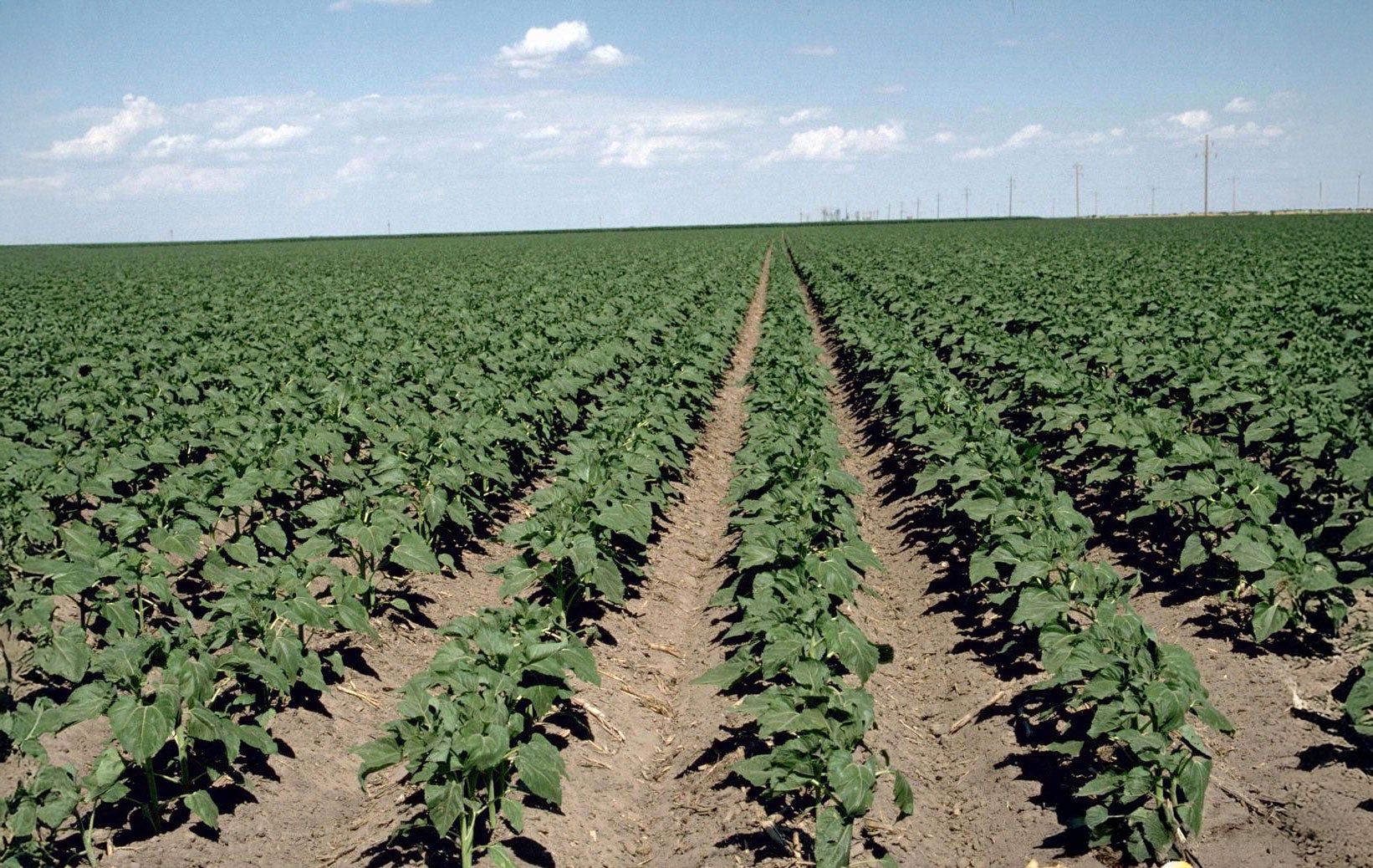
Overlapping Residual Herbicides May Be Necessary for Effective Weed Management
Weed management in sunflowers poses unique challenges. Compared with many other crops, there is a limited number of herbicides selections, especially postemergence herbicides.
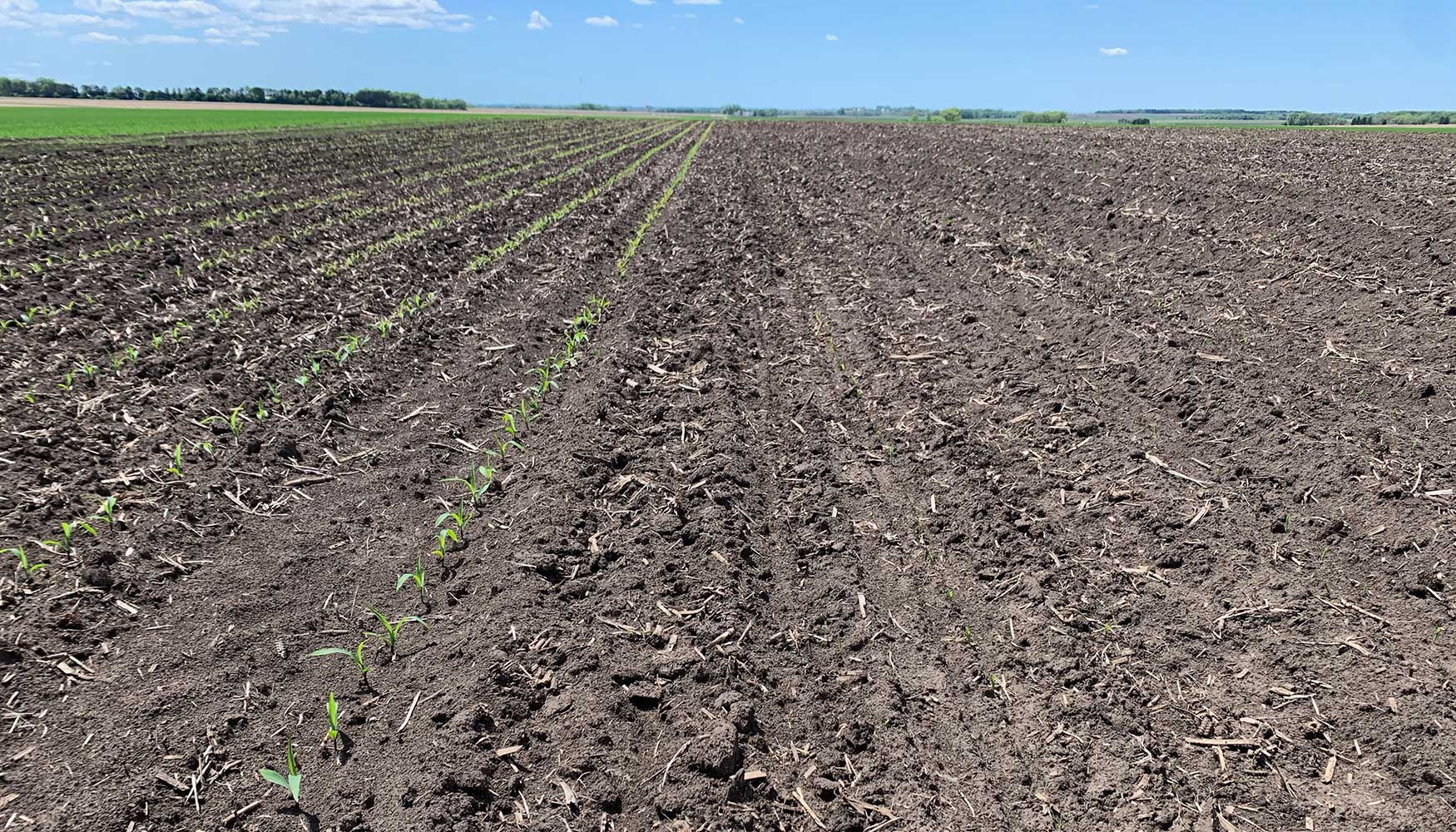
Grassy Weeds
Grassy weeds are a problem in all field crops. They must be identified at early stages of growth so they can be controlled before crop yields are seriously threatened. Control measures are not the same for all grassy weeds, so accurate seedling identification is important.